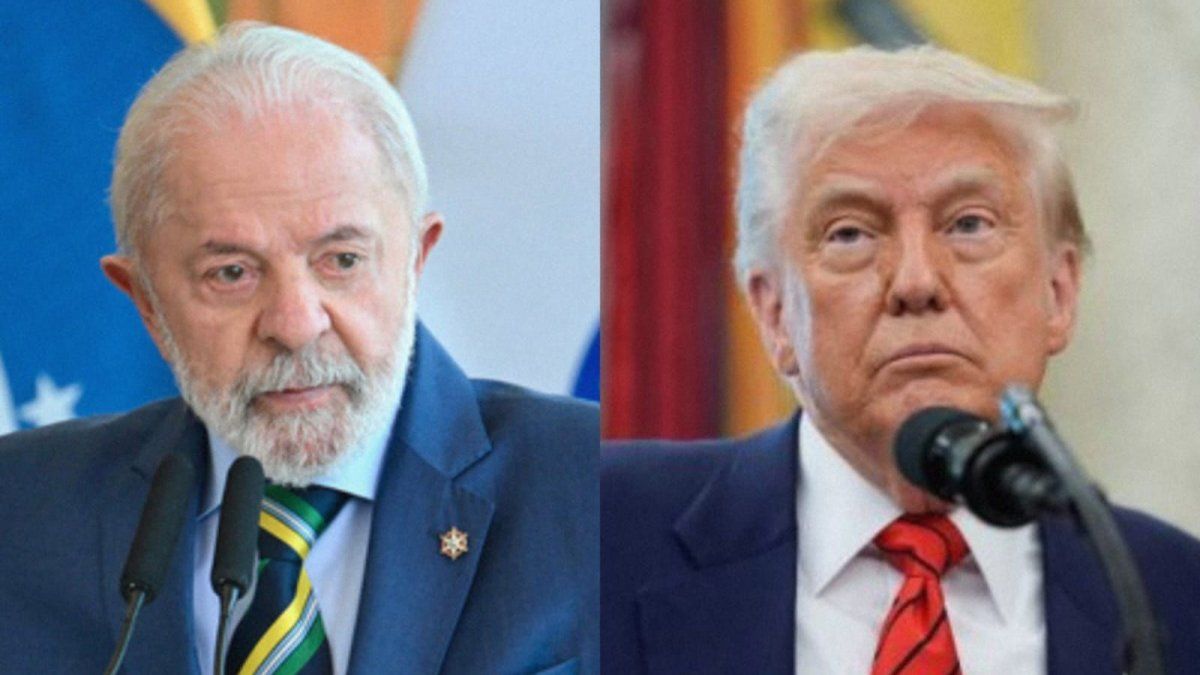I am a 24-year-old writer and journalist who has been working in the news industry for the past two years. I write primarily about market news, so if you’re looking for insights into what’s going on in the stock market or economic indicators, you’ve come to the right place. I also dabble in writing articles on lifestyle trends and pop culture news.
Menu
Streaming: end of the golden age of series?
Categories
Most Read
Forget about boring exercises: effective and dynamic training for older adults
October 16, 2025
No Comments
The paradise of Mendoza perfect for adventure tourism: hundreds of volcanoes and a unique landscape in the world
October 15, 2025
No Comments
Just 1 hour and a half from CABA: the destination that combines nature and history
October 15, 2025
No Comments
Maxi López traveled urgently to Switzerland and would leave MasterChef Celebrity: who would be his replacement
October 15, 2025
No Comments
La Renga returns to Rosario in December: how and where to get tickets
October 15, 2025
No Comments
Latest Posts

The mother of two hostages released by Hamas broke the silence: I never lost hope
October 16, 2025
No Comments
October 15, 2025 – 23:27 The brothers Ariel and David Cunio regained their freedom after more than two years of captivity in Gaza. “The recovery

Industry in crisis: Car cities are suffering from a decline in trade tax
October 16, 2025
No Comments
AngelicaI am an author and journalist who has written for 24 Hours World. I specialize in covering the economy and write about topics such as

While Milei waits for an announcement, Donald Trump opens negotiations with Lula da Silva over tariffs on Brazil
October 16, 2025
No Comments
While the government of Javier Milei looking forward to an official announcement USA about a trade agreement, the Brazilian president, Luiz Inácio Lula da Silvareported
24 Hours Worlds is a comprehensive source of instant world current affairs, offering up-to-the-minute coverage of breaking news and events from around the globe. With a team of experienced journalists and experts on hand 24/7.

